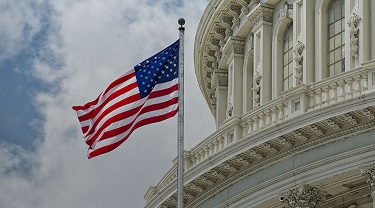1. Keep in touch:
Proactive dialogue between Canadian companies and their U.S. customers is essential. Getting out ahead of any expected policy changes will put your company in a better position to deal with them, if and when they come. Fully disclosing your plans — A, B and C — to customers in advance will mean no surprises for them should policies change.
2. Inform your customers about pitfalls:
It’s important to make sure that U.S. customers understand the downside to their business if Canadian supply is restricted. Most U.S. companies are already fully aware of this, but it doesn’t hurt to make sure. Also suggest that they point this out to their local and state politicians.
3. Supply chain check:
It’s a good idea to examine the supply chains into which you feed and figure out how you can adjust them to eliminate risks and costs at the border. Look at sources of supply and how goods are bought, sold, transported and stored (in terms of logistics). Look, too, at the movement of people and capital across the border. Some Canadian companies are looking at establishing U.S. affiliates.
4. Be creative:
Some U.S. retailers are encouraging Canadian companies to add U.S. value-adds to Canadian supplies in order to support Buy America.
5. Explore joint opportunities:
As part of a diversification strategy, consider collaborating with U.S. customers and partners on new business initiatives in the United States. You might also start looking at diversifying into non-U.S. markets, especially with the Comprehensive Economic and Trade Agreement with Europe soon to be in force, and in light of the growing demands of China and other emerging markets.











